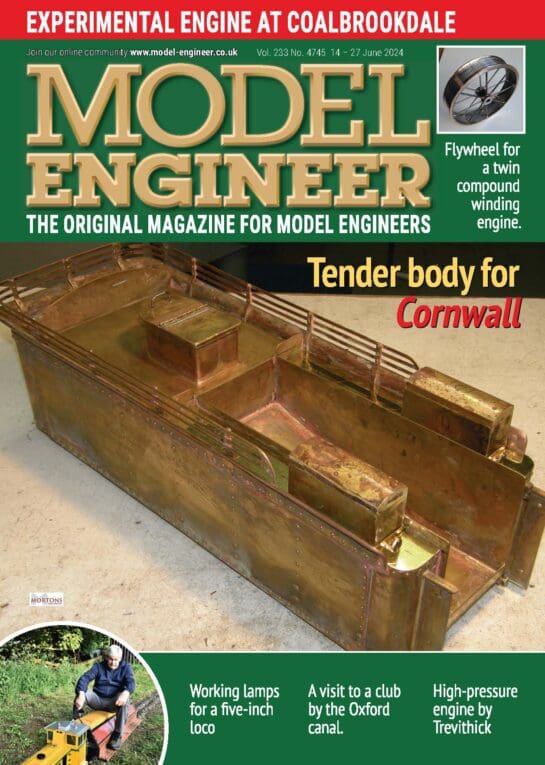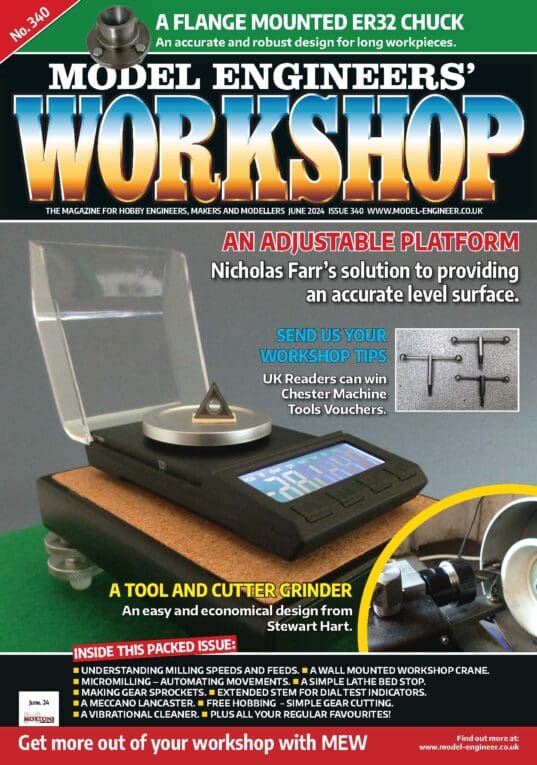Mini lathe bench
Mini lathe bench
- This topic has 6 replies, 6 voices, and was last updated 25 May 2024 at 13:59 by
Martin of Wick.
Viewing 7 posts - 1 through 7 (of 7 total)
Viewing 7 posts - 1 through 7 (of 7 total)
- Please log in to reply to this topic. Registering is free and easy using the links on the menu at the top of this page.
Latest Replies
Viewing 25 topics - 1 through 25 (of 25 total)
-
- Topic
- Voices
- Last Post
Viewing 25 topics - 1 through 25 (of 25 total)
Latest Issues
Latest Replies
- SOFT SOLDERING OF STAINLESS STEEL
- What did you do Today 2024
- Stuart Twin Victoria (Princess Royal) Mill Engine
- Interference Fits – rule of thumb?
- Blade guards/covers?
- 7/16 BSF bolts urgently needed
- Milling Steel Angle?
- CBN Hones
- Metal Loaded Epoxy, what metal is used in it?
- Emco Compact 5 Modifications









